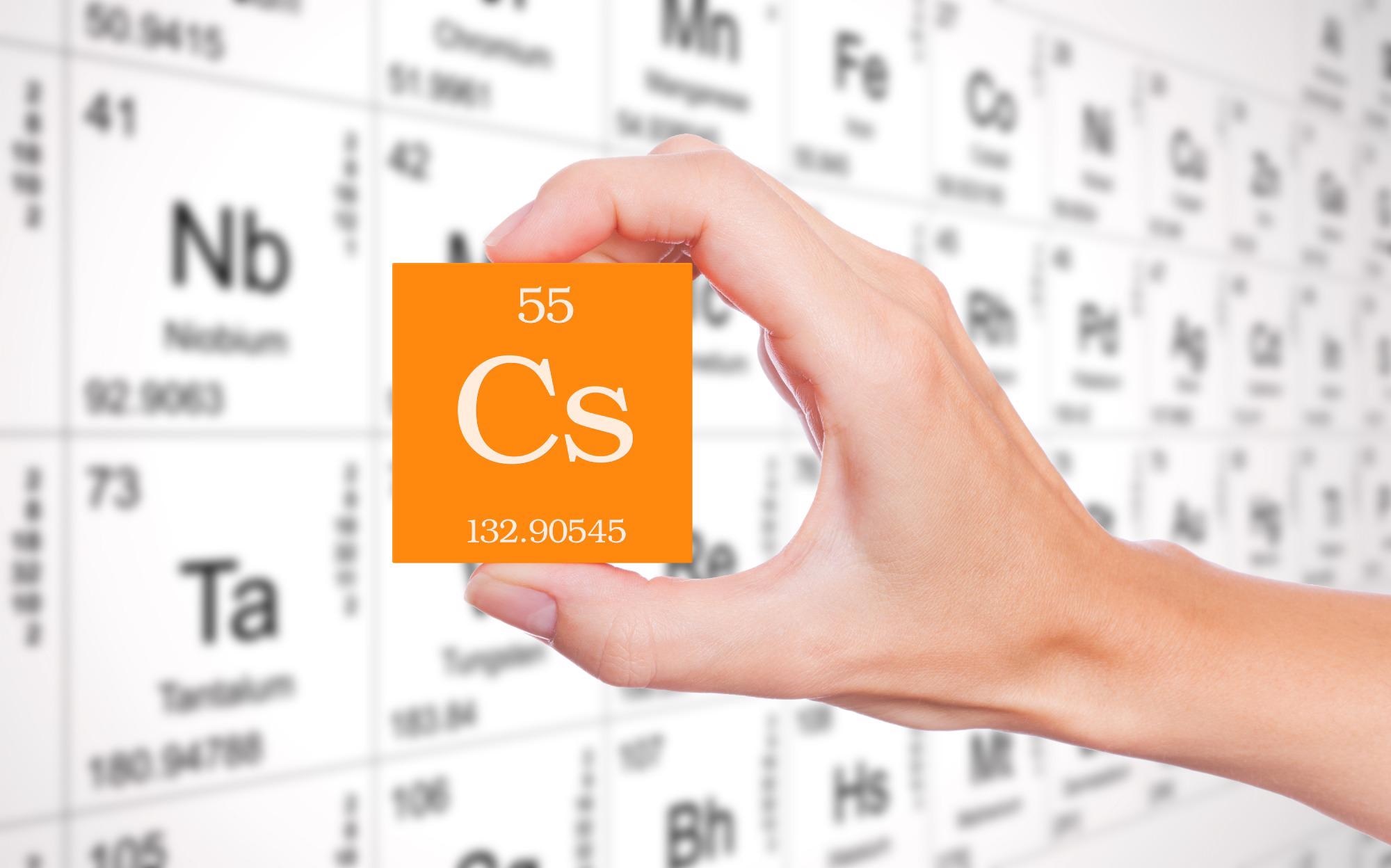Cesium (137Cs) is a radioactive element with a long half-life and high-energy γ rays. It is extremely soluble and moves easily through the environment and biosphere. One of the most common sources of radioactivity in spent fuel is 137Cs. Before any further disposal, it is critical to extract the highly radioactive 137Cs+ from high-level liquid discharges (HLLWs) to minimize its radioactivity level. Acidity is prevalent in HLLWs.

Image Credit: Shutterstock.com/concept w
The successful capture of Cs+ ions from acidic solutions, on the other hand, remains a difficult task. Due to material stability issues and severe proton competition, the majority of contemporary materials do not work well in acidic conditions. The process of Cs+ capture under severely acidic circumstances, on the other hand, is yet unknown.
Professor Meiling Feng and her colleagues from Professor Xiaoying Huang’s research team at the Chinese Academy of Sciences’ Fujian Institute of Research on the Structure of Matter reported a rigorous layered compound KInSnS4 (InSnS-1) that can accurately detect Cs+ under both neutral and acidic settings. The study was published in the journal Nature Communications.
InSnS-1 exhibits exceptional acid and irradiation resistance, according to the researchers, preserving its layered network under severely acidic (1–4 mol/L HNO3) and irradiation (200 kGy γ irradiation) settings.
InSnS-1 has quick adsorption kinetics, strong Cs+ ion adsorption capacities in both neutral and acidic (1 mol/L HNO3) conditions, and is easy to desorb and reuse. Under strong acidic conditions (1 and 3 mol/L HNO3), it can achieve effective separation of Cs+/Mn+ (Mn+ = Na+, Sr2+, Ca2+and La3+).
Researchers also discovered that InSnS-1 can be utilized as a stationary phase in an ion-exchange column to treat neutral or acidic wastewater with excessive concentrations of Cs+ ions simply and efficiently.
Meanwhile, using single-crystal structure analysis, the researchers were able to directly view the entry of Cs+ and H3O+ ions, illuminating the underlying process of specific Cs+ collection from acidic solutions at the molecular scale.
The highly complex interactions between soft S2- of sulfide layers and comparatively soft Cs+, as well as the changeable interlayer gap and structural flexibility of InSnS-1 under acidic circumstances, are all promising properties of InSnS-1 for Cs+ capture.
Researchers also discovered that H3O+ plays a significant role in the specific capture of Cs+ ions under acidic conditions and that the shortest K–S distance of K+- directed metal sulfides has a significant impact on ion exchange performance.
This study marks a significant milestone in the study of Cs+ capture in highly acidic circumstances by developing a viable material, and it sheds light on the process of selective Cs+ capture from the perspective of microstructural illumination.
The investigation of selective Cs+ uptake by metal sulfides under intense acidic conditions is groundbreaking, and it could lead to the development of new acid-tolerant sulfide-based ion exchange materials for radiocesium decontamination with real-world applications.
Journal Reference:
Tang, J.-H., et al. (2022) Highly selective cesium(I) capture under acidic conditions by a layered sulfide. Nature Communications. doi.org/10.1038/s41467-022-28217-8.